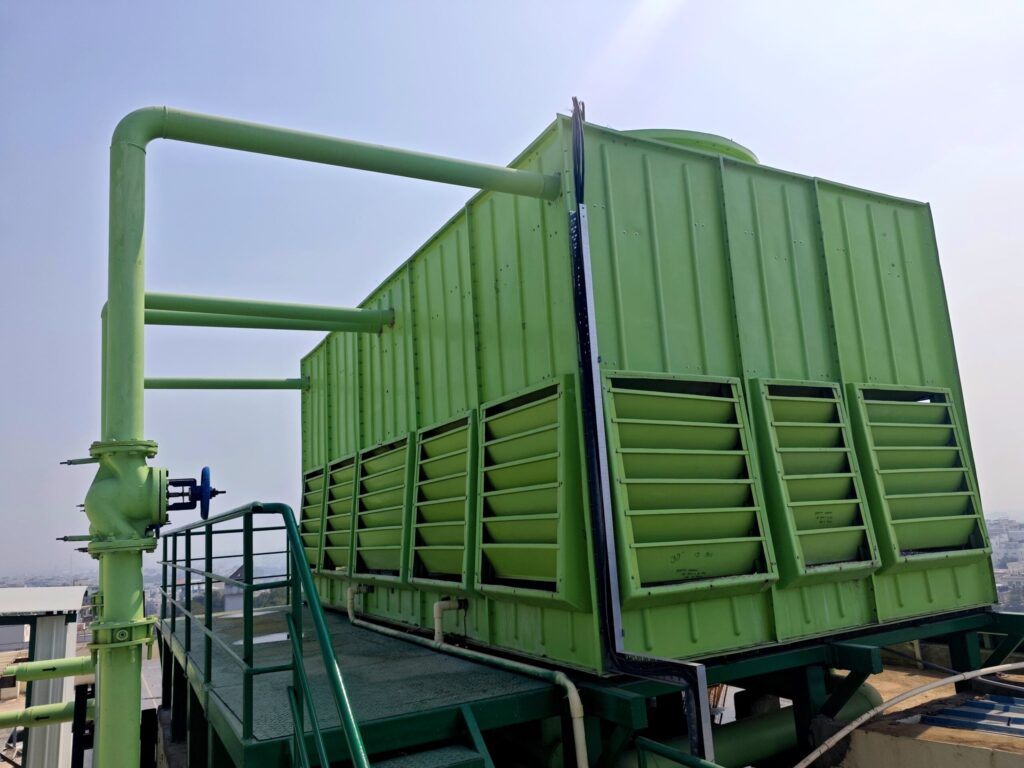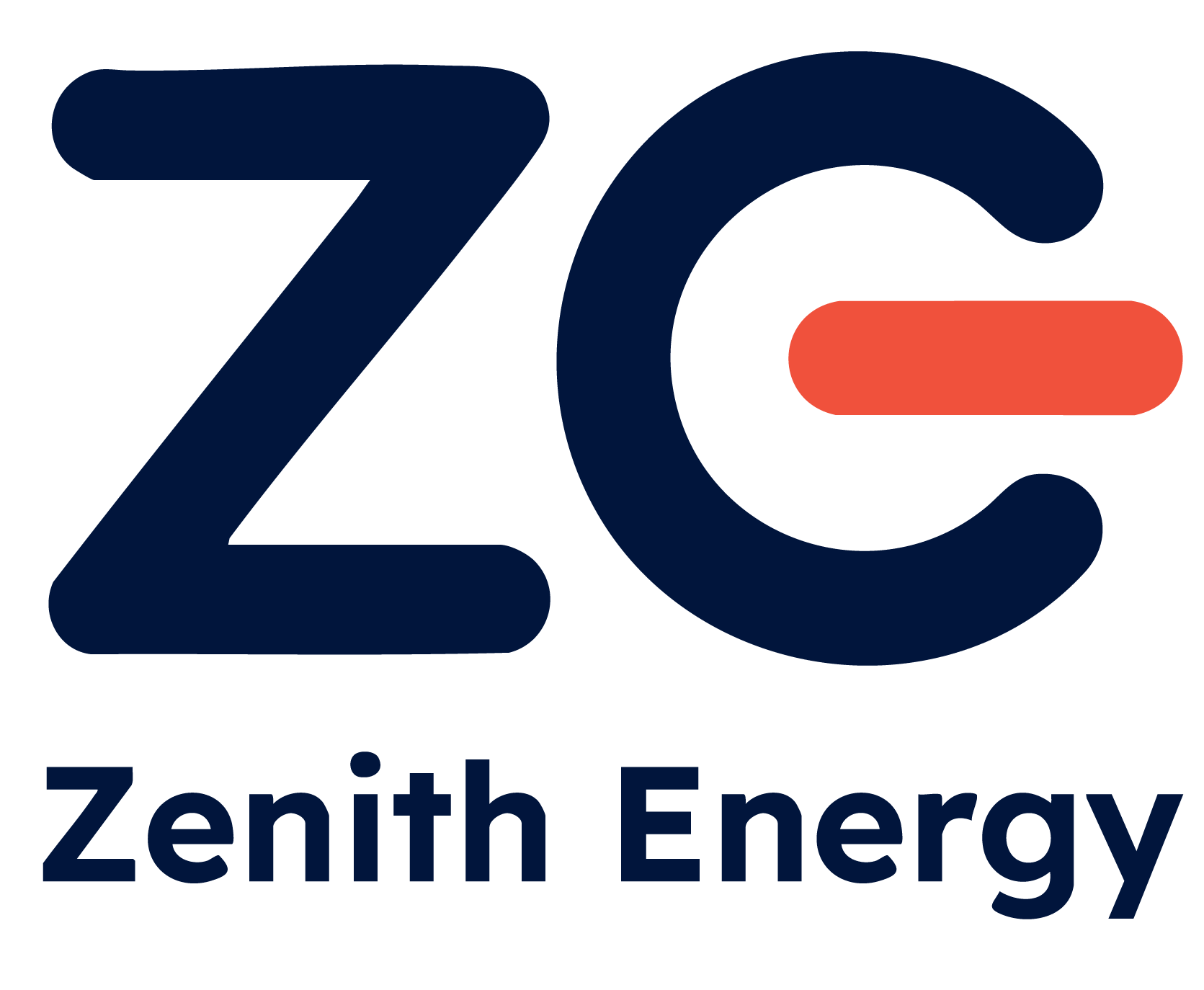Transforming Energy Efficiency
CLIENT
Basavatarakam Indo American Cancer Hospital & Research Institute (BIACH)
SECTOR
Hospital
TECHNOLOGY
ESCO Project
Savings in Financial
terms
84 Lakhs per year
Saving in Carbon
Emissions
1800 Tons per annum
Equalvalent Trees
Plants planted
82800
Zenith Energy collaborated with Basavatarakam Indo American Cancer Hospital & Research Institute (BIACH), a well-known cancer care center in Banjara Hills, Hyderabad. The hospital, renowned for its expertise in cancer treatment, shared its commitment to green initiatives but faced challenges in sustaining them due to complexities in facility management and meeting specific requirements. With an annual energy usage of about 80 lakh savings, they decided to take effective initiatives to reduce the carbon footprint of their hospital as well as the energy load.
Project highlight:
Updated Smilax’s outdated chiller with a high-efficiency water-cooled chiller.
Converted the conventional lighting system to energy-efficient LED lighting with smart control features.
The total investment for the project was INR 90 lakhs.
The installation process was completed within a four-month period.
Complex Installation Process: The project involved substantial upgrades, including replacing conventional fans with BLDC fans and upgrading to a water-cooled chiller system with additional components like cooling towers and condenser pumps. This level of complexity would require specialized expertise and coordination.
Extended Installation Timeline: The project took 8 months to complete, which suggests potential challenges in managing installation timelines and possibly minimizing disruptions to ongoing hospital operations.
Energy Consumption Demands: With an annual cost savings of 80 Lakhs, effectively reducing energy use while maintaining operational efficiency would require precise implementation and management.
Zenith Energy undertook the following measures:
Detailed Energy Audit: The team embarked on an extensive energy needs assessment and made efforts to pinpoint weaknesses in cooling and ventilation systems at the location of work.
Replacement with BLDC Fans: Installed advanced fans known as BLDC Fans which are Brushless fans and have better power and efficiency characteristics than standard fans.
Chiller System Upgrade: The air cooled chiller was taken out and a water cooled chiller system was installed including the cooling tower and condenser pumps to reduce energy use and climate control.
End-to-End Project Management: People were responsible for the entire process from acquisition to installation of the system in order to avoid grievances in regards to the operations of the hospital.
Ongoing Monitoring and Optimization: Random sampling was conducted on how energy performance would be measured hence providing BIACH timely information on savings and performance.
Result and impact:
Zenith Energy’s interventions at BIACH delivered substantial energy, financial, and environmental benefits:
Annual Financial Savings: ₹84 Lakhs
Annual Carbon Emission Reduction: 1,800 tons of CO₂
Environmental Impact: The reduction in carbon emissions is equivalent to planting 82,800 trees, underscoring the hospital’s commitment to sustainability.







